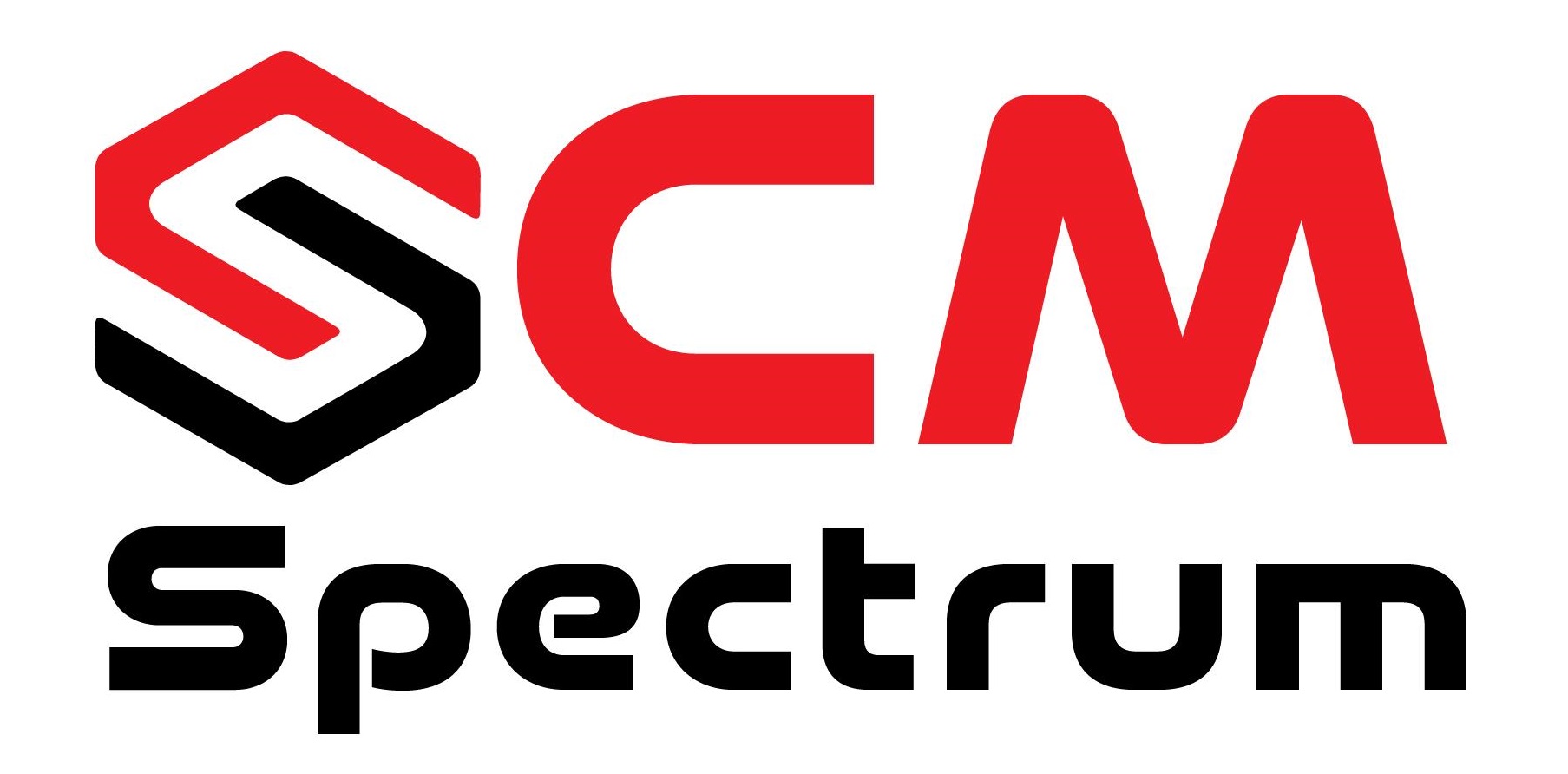In the ever-evolving world of supply chain management, warehouse inventory management plays a pivotal role in ensuring efficiency, cost-effectiveness, and customer satisfaction. It involves the process of storing, tracking, and managing the inventory in a warehouse, all while maintaining accurate records of stock levels, movement, and order fulfillment. Efficient inventory management ensures that businesses can meet demand promptly without overstocking or understocking, reducing operational costs and improving the overall supply chain performance.
The Importance of Effective Inventory Management
Effective inventory management is crucial for the seamless operation of the entire supply chain. A well-managed warehouse ensures that the right products are available at the right time, preventing stockouts or excess inventory. This not only helps reduce storage costs but also increases sales opportunities, as customers are more likely to make purchases when items are readily available.
In addition, proper inventory management helps companies make data-driven decisions, ensuring that they maintain optimal stock levels, plan for future demand, and reduce waste. It is particularly important in industries such as e-commerce, retail, and manufacturing, where quick turnaround times and high-volume orders are the norms.
Key Components of Warehouse Inventory Management
Several core components contribute to the effective management of inventory within a warehouse. These elements work together to ensure smooth operations and minimize disruptions within the supply chain.
1. Inventory Tracking Systems
The backbone of inventory management is the ability to track goods accurately. Modern warehouses leverage advanced tracking technologies like barcodes, RFID (Radio Frequency Identification), and QR codes to monitor inventory in real-time. These systems allow warehouse managers to identify the exact location and quantity of items at any given time. By integrating inventory tracking with warehouse management systems (WMS), companies can maintain an up-to-date view of stock levels, reducing the likelihood of errors and discrepancies.
2. Automated Storage and Retrieval Systems (ASRS)
To streamline the picking and packing processes, many warehouses have adopted Automated Storage and Retrieval Systems (ASRS). These systems use robotics and AI-driven technology to move products in and out of storage, reducing the time spent on manual handling and improving accuracy. ASRS enhances the overall efficiency of the warehouse, leading to faster order fulfillment and reduced labor costs.
3. Cycle Counting and Regular Audits
Regular audits and cycle counting are critical to ensuring inventory accuracy. Unlike full physical counts, cycle counting involves counting a portion of the inventory on a rotating basis. This helps identify discrepancies early, which can be corrected before they lead to larger issues. Continuous monitoring and auditing foster more accurate records and reduce the likelihood of stockouts or overstocking.
4. Safety Stock and Replenishment
Managing safety stock levels is another essential aspect of warehouse inventory management. Safety stock is the buffer inventory kept to prevent stockouts in case of unexpected demand spikes or supply chain disruptions. Properly calculating safety stock levels ensures that businesses can continue to fulfill orders without delay, even during periods of uncertainty. Automated replenishment systems can trigger restocking based on predefined parameters, further enhancing inventory efficiency.
5. Just-in-Time (JIT) Inventory Management
Just-in-Time (JIT) inventory management focuses on receiving goods only as they are needed in the production process, thereby reducing the amount of inventory stored in a warehouse. JIT minimizes storage costs and reduces the risk of stock obsolescence. However, JIT systems require precise planning and close coordination with suppliers to avoid production delays caused by late deliveries or shortages.
The Benefits of Technology in Warehouse Inventory Management
Advancements in technology have revolutionized warehouse inventory management, providing businesses with better tools to optimize their operations. Warehouse Management Systems (WMS) integrate various technologies to automate key processes like receiving, sorting, picking, packing, and shipping. These systems provide valuable insights into inventory performance, which can be used to adjust stock levels, improve layout design, and refine procurement strategies.
Robotic Process Automation (RPA) and AI-driven algorithms also play a role in enhancing inventory management by predicting demand patterns, recommending stock levels, and automating routine tasks. This reduces human error, speeds up workflows, and allows employees to focus on more value-added activities.
Conclusion
Efficient warehouse inventory management is essential for maintaining a robust supply chain. The key to success lies in adopting the right technologies, optimizing stock levels, and continuously improving processes. With the integration of automation, tracking systems, and data analytics, businesses can not only enhance inventory accuracy but also increase operational efficiency, reduce costs, and provide better customer service. As supply chains become more complex and demand fluctuates, mastering the art of warehouse inventory management will remain a cornerstone of successful supply chain operations.







